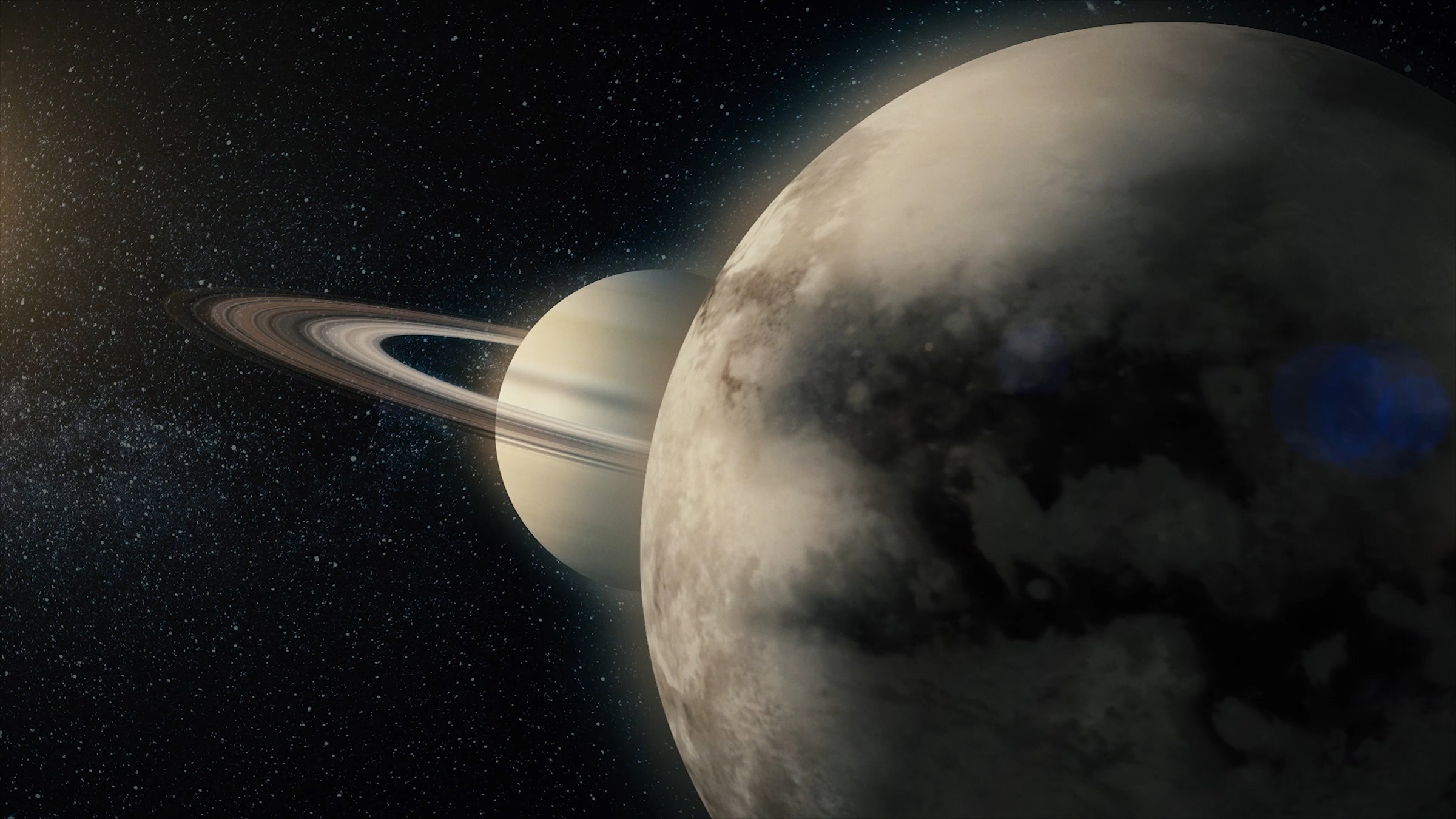It’s a little strange to think of Saturn without its rings, but scientists have long believed that the planet’s iconic look was something it picked up in just the past few hundred million years. Further, three new studies digging deep into the rings say that they could disappear in a similar timescale, leaving the planet looking blander than it ever has during humanity’s time on Earth.
The three new studies are all based on data captured by NASA’s Cassini mission. This mission has helped astronomers learn more about the iconic rings that surround the sixth planet from the Sun. A few hundred million years sounds like a lot to us humans, which only live 100 to 120 years if we’re lucky. But, when looking at things on a cosmic timescale, a few hundred million years isn’t long at all.

That’s why it was so surprising for researchers to discover that Saturn’s iconic rings could very well disappear within that timescale. The new research also looked at the “purity” of the rings, to determine just how quickly new debris could be added to them, and how that debris might influence the rings over time. The researchers then put all of that data together to try to determine just how long those rings have left.
What they found is that the rings themselves are almost entirely pure ice, with less than a few percent of their mass being made up of non-icy “pollution” that is believed to come from asteroid fragments and micrometeoroids. Calculating how often Saturn’s rings get bombarded was also key to figuring out just how old the rings are, as some scientists argue that the rings have always existed with the planet.
But this new evidence featured in one of the studies suggests quite the opposite. It suggests that the rings have not been exposed to outside pollution for more than a few hundred million years, which is a very small fraction of Saturn’s believed age of 4.6 billion years. A second study also backed up these discoveries, though it took a different angle on the constant battering of the rings.

The consensus here, though, seems to be that the constant barrage of space rock against these pure ice rings surrounding Saturn only wears them down over time, and that over the new few hundred million years, the debris may batter the rings into nonexistence. It’s also possible that Neptune and Uranus’ lighter, harder-to-see rings are what we can expect to see happening to Saturn well into the future.
The new studies are featured in the journals Science Advances and Icarus. Each study offers something to the argument that Saturn’s rings will one day disappear. If true, at least humans can relish the fact that we were able to witness Saturn in all its glory, including its insane number of moons.








